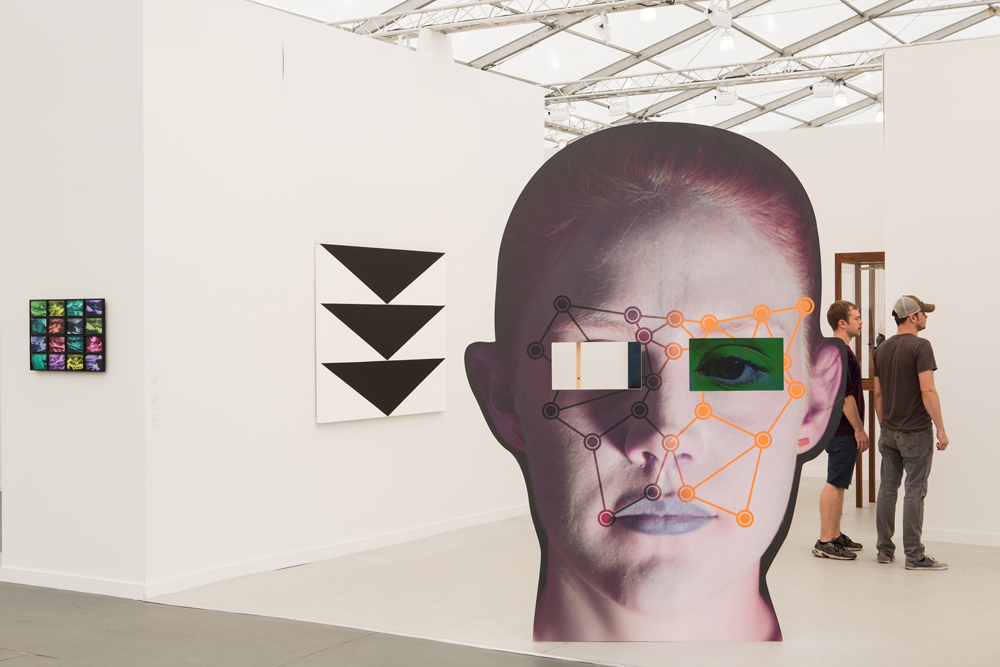Some weird zap of unexpected energy prodded New York’s lumbering, jumbo-sized culture from the week before the May 1 opening of the new Whitney Museum of American Art to the late afternoon on May 17, when the curtain came down on the fourth installation of Frieze New York. It was as if everyone agreed to lighten up.
Starting with the heavens. Light, ascendant in the mostly benign spring skies, was caught by the ginormous fish-tank entrance on Renzo Piano’s new Whitney building on Gansevoort Street and through its four open-air terraces, each with its own view of the reprocessed Meatpacking District. (Anyone remember the old walkway leading to the old Whitney on Madison Avenue? Talk about a gangplank.)
At Frieze, light was the initial talking point for many of the 44,000-plus visitors as skies over Randall’s Island Park cast a glow through the translucent ceiling of the fair’s mysteriously meandering tent. Some 198 galleries from 33 countries were basking in the incandescence along with the dozens of galleries from New York.
“The opening of the Whitney was an added bonus for many of the international collectors who already travel to New York for ‘Frieze Week,’” fair spokesperson Tyler Mahowald told me. “Many museums and galleries plan some of their most ambitious exhibitions to be timed with Frieze.”
Tourism ruled mostly. The cafe and street-level bar at the new Whitney joined the dozens of newly opened restaurants nearby, turning once inner–Greenwich Village backwaters like lower Jane Street into bike and stroller thoroughfares. Food at Frieze has its own destination, with line-ups waiting for a place to eat in Roberta’s, a Frieze-specific version of the Brooklyn pizza standby.
“American Is Hard To See,” the agreeably arranged exhibition of 650 pieces from the Whitney’s permanent collection, begs to be seen with fresh eyes, the way its contributors mostly saw their America. I can’t get the ambiguous dark blotches of Horace Pippin’s The Buffalo Hunt (1933) out of my head. Oh, you can talk money if you want. The Lower West Side Whitney cost in excess of $422 million. Cady Noland’s Untitled (Walker) (1989) sold by the Skarstedt Gallery at Frieze for $1.5 million. A Peter Doig was sold by Victoria Miro, his long-time London dealer, for some six figures.
Otherwise, art added up to celebration more than calibration—a rare, luminescent moment in Manhattan.









